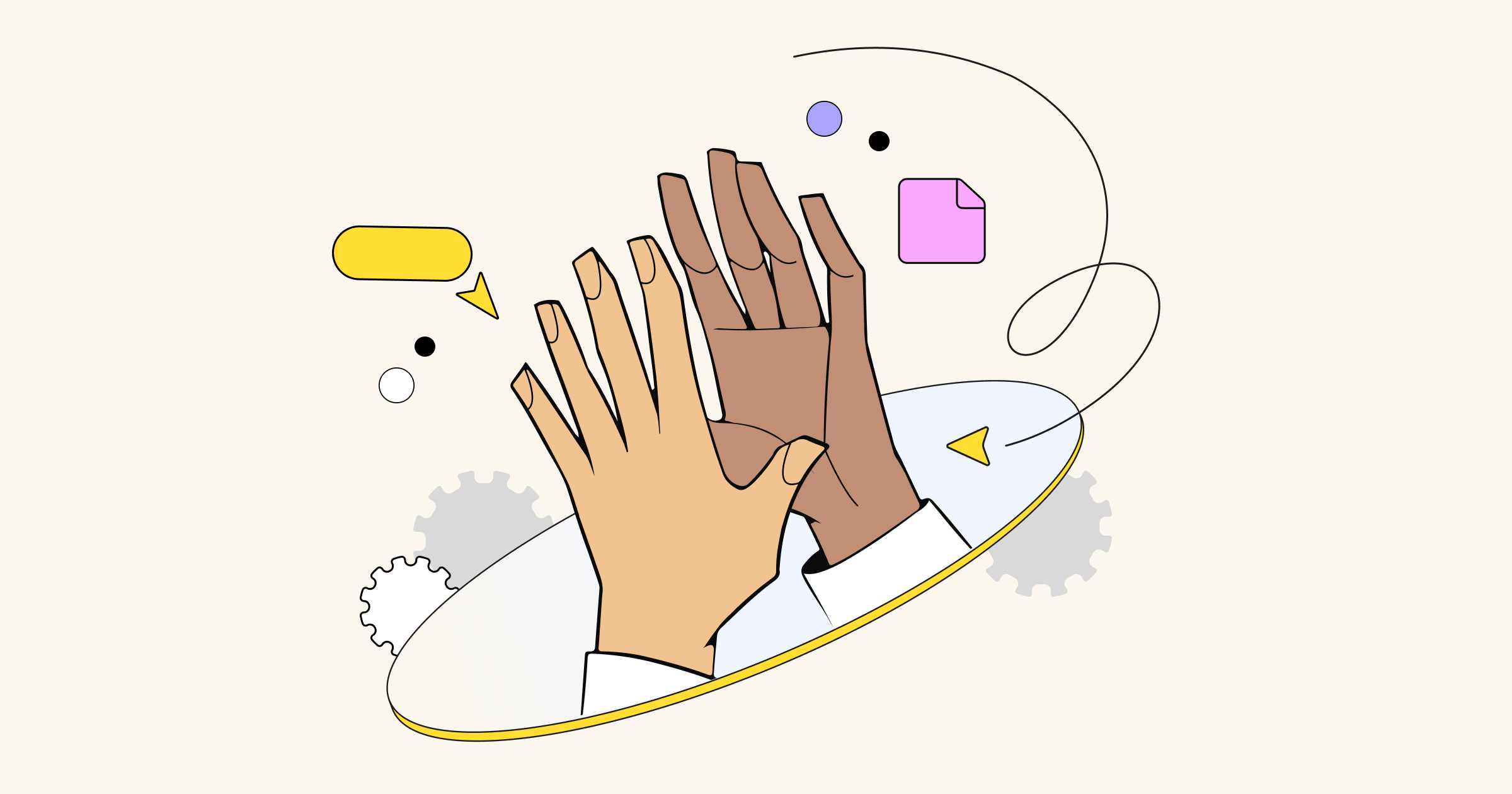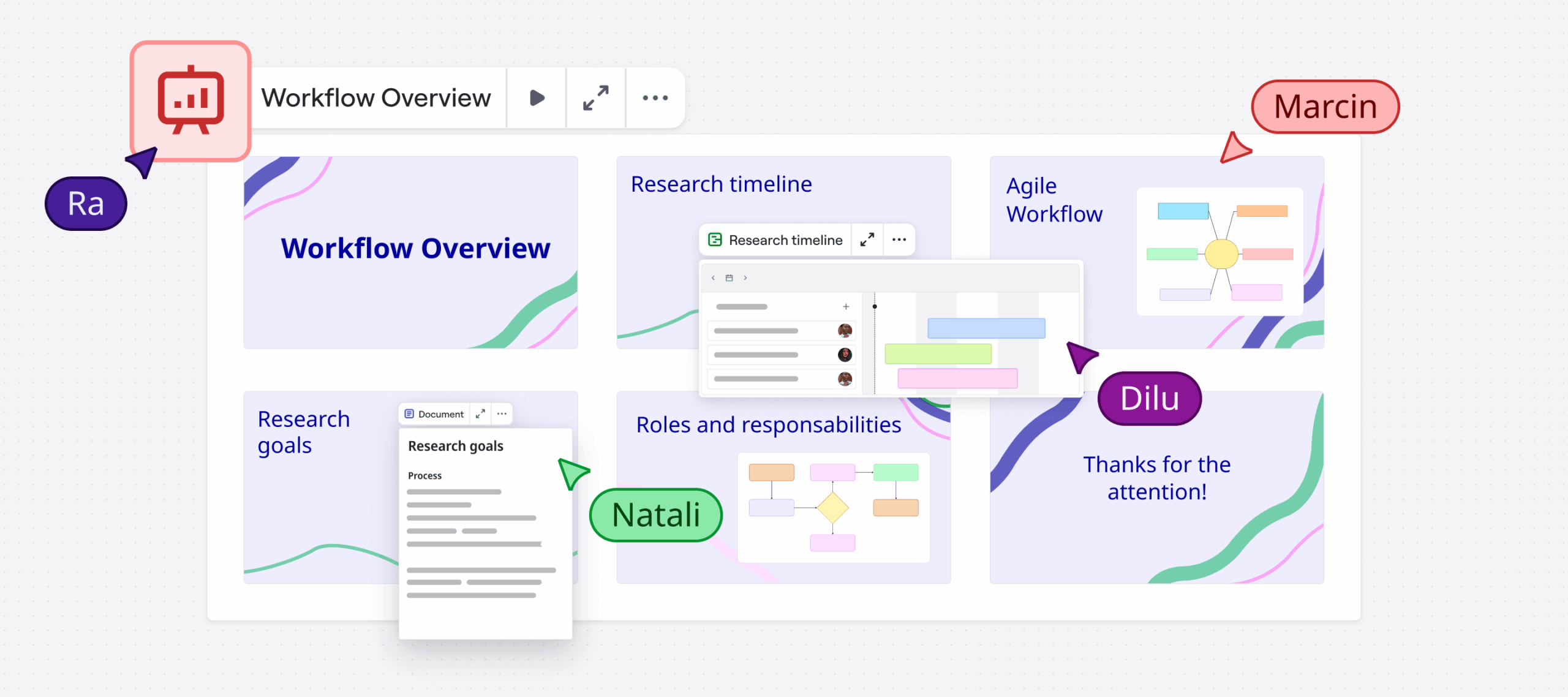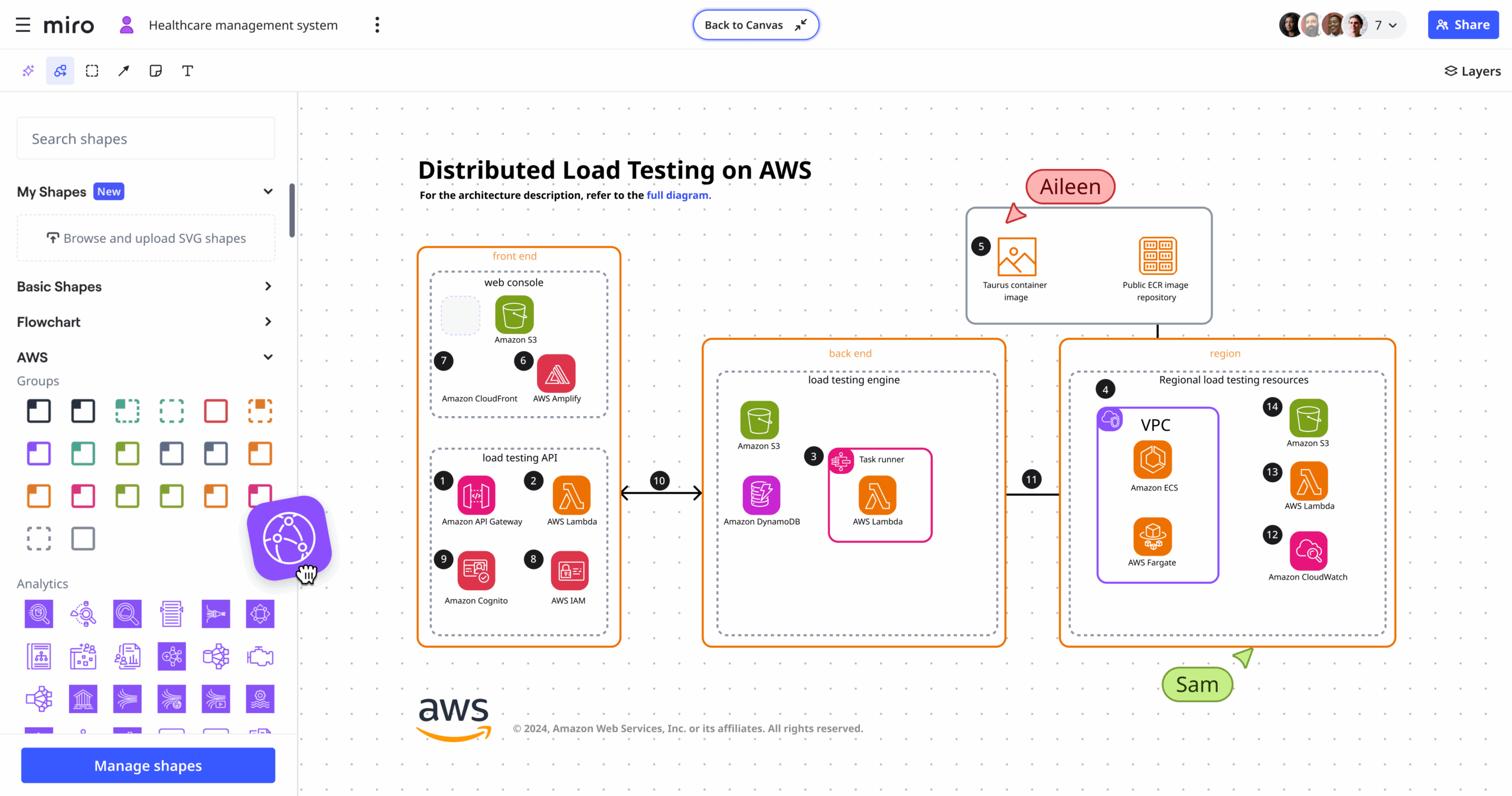Joel Bancroft-Connors has always had a vested interest in the technology and tools organizations use to effectively collaborate. He’s a certified scrum trainer, team coach, and consultant also known as The Gorilla Coach — a nickname born from his blog featuring his expertise in Agile.
“I’m really focused on helping organizations to generate more sustainable business,” Bancroft-Connors said. “Business sustainability comes in three, what I call the ‘three p’s of business sustainability:’ people, process, profits.”
Given recent, major shifts in the ways we work, we asked Bancroft-Connors to share his insights on the biggest changes he’s seen in how teams collaborate, his best advice for large-scale collaborations, and just how he earned his memorable moniker. The following interview has been edited for length and clarity.
Tell us more about the “3 p’s” and the significance behind your name, “The Gorilla Coach.”
“People” means: Are we practicing sustainable practices around people? Are we creating an environment where they want to be successful? The “process” has to be repeatable as well. If you’ve got to make these exceptions and figure it out on the fly — that’s not sustainable. And “profitability” — if you are not making a profit, eventually you are not sustainable because you run out of the money.
I was actually an anti-Agilist in 2009, before I got laid off from a very cushy project management job. I realized that I had made a lot of mistakes that I didn’t want others to make. So I started blogging and I needed a device — and came up with the invisible gorilla in the room.
The gorilla is part-elephant in the room — that problem no one wants to talk about — and part 800-pound gorilla that can do whatever it wants and leave your organization wondering what just hit it. If you don’t talk about it, it’s going to result in big problems for your organization. I’ve long had a reputation of being willing to literally say, “The emperor has no clothes.” The “Gorilla in the Room” is a generic term to describe these kinds of problems.
A lot has changed about the ways we work. What are some of the biggest changes you’ve seen in how teams collaborate with the rise of distributed work?
The good: It’s giving us more flexibility. More people have the opportunity and ability to work with more companies. It’s also helped to equalize adult education. If you wanted a scrum master certification in the past, you had to go in person. Now somebody can literally learn about it from any place in the world.
The bad: Taking it too far. People think, “Oh, well we can be remote, so our team can be completely distributed.” They went hog wild. Yes, you can really be remote — but if you don’t have certain things, you’re not going to be successful.
Communication is still the core principle in Agile. Several years ago, I wrote an article about the ideal agile team space. When the pandemic hit, I wrote a “recipe substitution.” The things to ask if you can’t have an in-person agile team space are: What do you need to do to create a successful remote team space? Do you have the right tools to be able to replicate that stuff?
What are the most successful enterprises doing to collaborate at scale today?
We’ve experienced great growth in the ability to be more flexible in how we do work, but I think it comes back to profitability, process, and people. A lot of companies can do one, some companies can do two. I don’t know very many that have been able to do all three, long term, and that’s something we’ve got to figure out. We are in a whole new paradigm.
I’ve been quoting Start with Why and Drive a lot lately. We’re in this wonderful digital revolution to be able to work in so many different ways (and we haven’t even touched on AI — let’s not). It’s enabling whole new things. But if we lose “why,” then we are no better than the machines, because we have lost our purpose. And without purpose, what are we even doing?
So the way I teach my scrum master classes now, I actually start with “why.” I explain the underlying theory of why scrum works. And then I teach how to do daily scrum. I then connect it back to that underlying theory of empiricism — this concept of transparency, inspection, adaptation, and feedback loops.
What’s your best advice for maximizing output during something like a big room planning session in a virtual setting?
In order to collaborate at scale, the first thing you’ve got to figure out is where you are today. Before you can drive to New York, you’ve got to know if you’re leaving from Austin or Seattle — that’s very much going to change the roads you’re gonna take to get there.
It’s this idea of doing the discovery phase if you want to get to large-scale collaboration. That happens before you ever get to the big room planning. And I think a place that people really miss is the retrospective.
Surveys don’t work — you don’t get good feedback on them, and it is incredibly hard to write good surveys. With a large-scale retrospective, you’re going out and you’re actually asking the individuals. The question I always use when I’m doing these large-scale retrospectives to help an organization understand what their challenges are: I ask everybody what’s impacting your ability to get your work done — positive or negative. It’s a very open-ended question that gets a huge amount of information.
You mentioned earlier that teams need the right tools to create a successful remote team space. What are those?
There’s the need to be on camera when you are actively collaborating with people — so much of our communication is visual. There’s also this concept of “co-time zones.” My professional opinion is that two hours is about the maximum distance you can separate people on a team; even if it’s not face-to-face, they’ve at least all got to be awake and able to talk together.
The ability to move data between technologies with automation is so important because we are moving in different tech stacks. We need that recognition that we are going to use multiple tools, so how do we get them talking well together? We’ve got to stop being these walled gardens and synchronize these platforms both ways.
I also used to give this argument of why you needed in-person collaboration — it’s what I call “the power of the Post-it.” Nothing beats the absolute physical tactile ability of pulling a Post-it off, putting it on the wall, writing on it, and moving it around. That open collaboration concept is just so critical.
When March of 2020 came along, I went out and evaluated over 20 pieces of software that could capture the power of the Post-it, and it came down to Miro. I really liked the open canvas, and it had some great collaboration functions, like the voting option.
It’s the closest thing to creating the power of the Post-it in an electronic form, and in some respects, it can be better because you can dive in or zoom out. It’s very accessible and you can get people up to speed really quickly on it. I basically use Miro as my go-to remote tool for almost everything.
Thanks for sharing your insights on collaboration at scale, Joel!
YOU CAN LEARN MORE ABOUT JOEL HERE, AND READ MORE OF HIS INSIGHTS AT THE GORILLA COACH AND AGILE CONNECTION.




